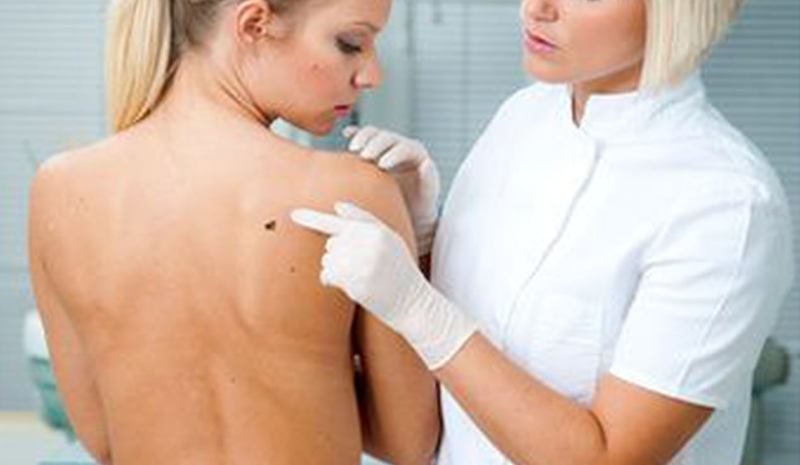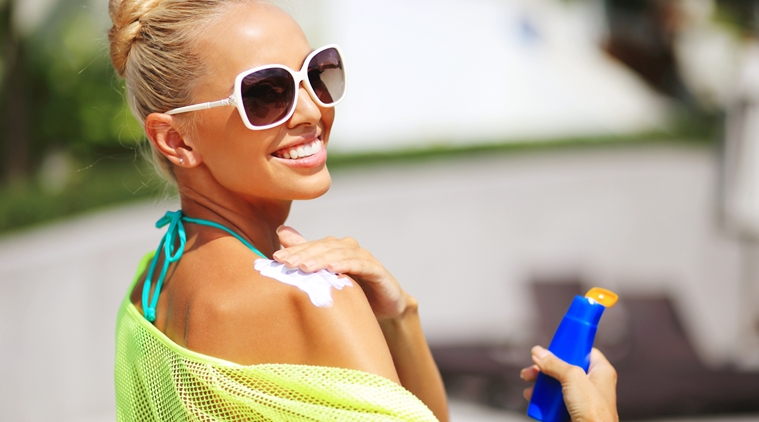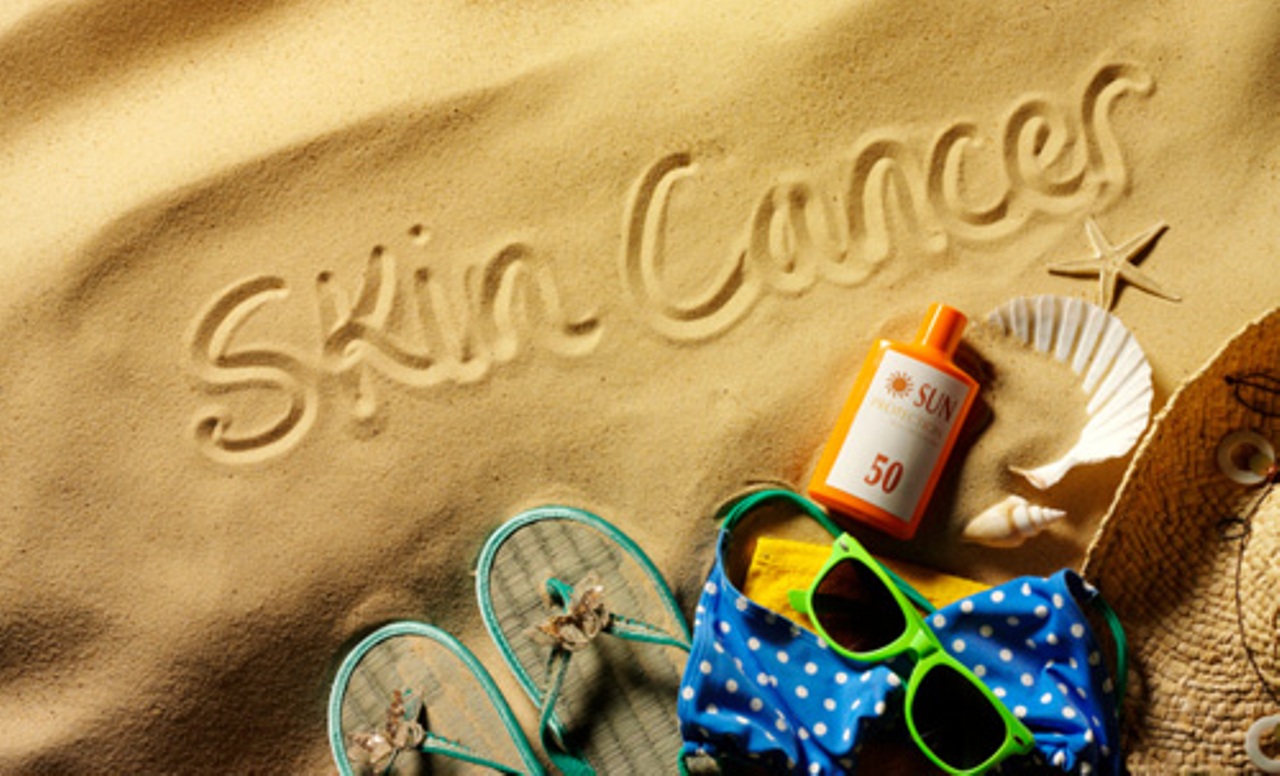Did you know that almost 90% of skin cancers are linked to UV exposure from the sun? Luckily, skin cancer is treatable, but early detection is critical. Because early detection is key, self-examination is important.
When performing your self-examination, pay particular attention to areas of your body that have been exposed to the sun or show other signs of sun damage, such as hyper-pigmentation, sun spots, fine lines and wrinkles, and areas that recently experienced sunburn.
Symptoms of Skin Cancer
If you notice any of the following symptoms, it’s advisable to schedule an appointment with your doctor as soon as possible:

- Scabby areas or scaly patches on the skin
- Moles that have changed size or color
- Moles or lesions that bleed when bumped
- The appearance of an open wound that doesn’t heal
- Anything that doesn’t feel “right” or looks suspicious is worth having checked by an experienced physician
Types of Skin Cancer
These three types of skin cancer are the most common:
1. Melanoma
It’s the most dangerous variety of skin cancer, which develops when UV radiation damage to the skin cells triggers genetic defects that result in tumor growth. Typically resembling moles, the majority of melanomas are brown or black, but can present multiple different shades. For those who have a family history of melanoma, frequent sun exposure can easily provoke malignant tumor growth.
2. Squamous cell carcinoma
It’s a growth that forms in the squamous cells, which make up most of the epidermis. Caused by continual sun exposure during a lifetime, squamous cell carcinoma often shows up as sores, scabby patches of skin, warts, or elevated areas that bleed when bumped. Squamous cell carcinomas may occur anywhere on the body, but typically appear in areas that experience frequent UV exposure.
3. Basal cell carcinoma
It arises in basal cells, which occur in the deepest layers of the epidermis. The abnormal growths or lesions that emerge usually resemble shiny bumps, red patches, or inflamed sores. Basal cell carcinoma is the most common form of skin cancer and typically does not spread beyond the tumor site. While it is important to have any growths examined by a doctor, basal cell carcinoma is rarely life-threatening.
Preventative Measures
There are many measures you can take to help prevent skin cancer.

- Wear SPF, always! Harmful UV rays may be more prevalent during specific times of the day or certain seasons, but it is always important to protect your skin from the sun.
- Invest in UV-blocking clothing for outdoor activities, which help you to protect areas where sunscreen is not practical.
- Avoid sunburn at all costs. Just 5 sunburns in your lifetime can quadruple your chances of developing melanoma.
- Stay out of direct sunlight during peak hours of the day. It’s hard to avoid the sun entirely, but staying out of it during its brightest and hottest can make a world of difference.
- Self-examination is of the utmost importance. At least once a month, you should be performing a thorough examination of your body and taking note of any changes or new growths.
- Communicate with your doctor. If something feels “off” but doesn’t necessarily follow typical warning signs, you should see your physician or dermatologist to have the area checked.
– Source: plasticsurgeryservices.net
– Cover Image: nwcr.org






